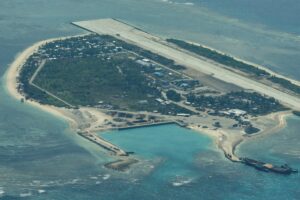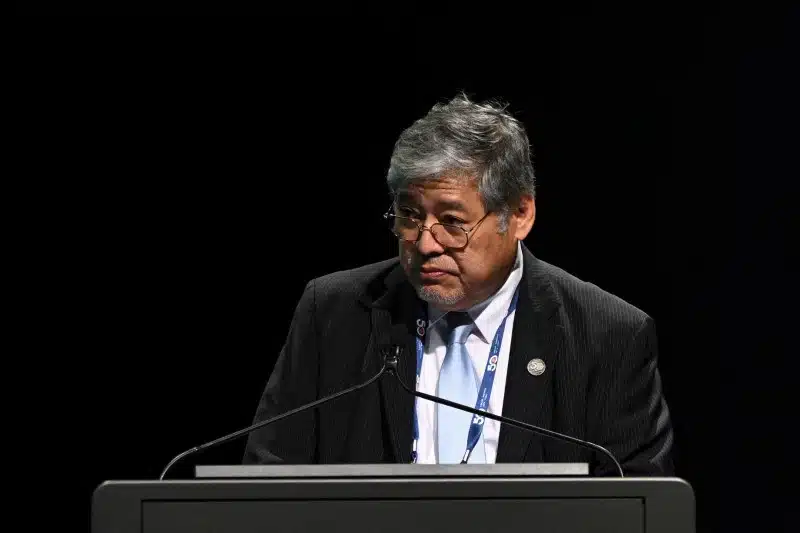MANILA, Aug 16 — The Philippines has sought to assure China that the presence of a United States (US) intermediate-range missile system on its territory posed no threat to China and would not destabilise the region.
The US deployed its missile system to the Philippines in April as part of the two countries’ joint military drills, the first time it has set up the system in the Indo-Pacific region.
Foreign Affairs Secretary Enrique Manalo said Chinese Foreign Minister Wang Yi raised concerns over the missile system in bilateral talks on the sidelines of Asean meetings in Laos.
“He (Wang) said it could be destabilising, the presence, and I said ‘No, they are not destabilising’.
“I believe that (the) particular missiles he is referring to are only there temporarily,” hetold a forum with foreign correspondents today.
Last month, Wang said the deployment of the US intermediate-range missile system could fuel regional tensions and lead to an arms race.
The Typhon missile system, capable of firing Tomahawk land attack and SM-6 missiles, was not fired during the drills, but the Philippines said it was shipped to test the feasibility of transporting the 40-ton weapon system by air.
Security engagements between the Philippines and its treaty ally the US have intensified as both nations seek to counter what they see as China’s aggressive actions in the South China Sea and near Taiwan.
Last month, Washington pledged funding of US$500 million (RM2.21 billion) for Manila’s military and Coast Guard. The Philippines has also expanded security cooperation with Japan, another key US ally in East Asia, angering China.
“The Chinese side believes that defence cooperation between countries should not target any third party or disrupt regional peace and stability.
“The Philippines are inviting wolves into the house and willingly acting as their pawns, which is despised by other regional countries,” said China’s Defence Ministry spokesperson Zhang Xiaogang on its social media account.

South China Sea
Tension between China and the Philippines has increased, in particular over disputed territories in the South China Sea.
Last week, the Philippines accused China’s Air Force of carrying out dangerous manoeuvres over the contested Scarborough Shoal. China maintains its aircraft operated lawfully and professionally.
The air incident came after Manila and Beijing agreed to better manage maritime disputes.
Manalo also said he hoped that China would honour its provisional arrangement with Manila over the latter’s resupply missions to a beached vessel at another contested spot, the Second Thomas Shoal.
China has claimed most of the South China Sea as its territory, including the Scarborough and Second Thomas Shoals.
It rejects a 2016 ruling by the Permanent Court of Arbitration in The Hague that Beijing’s expansive claims in the South China Sea had no basis under international law.
“We will take legitimate countermeasures against deliberate infringements and provocations to protect our territorial sovereignty and maritime rights and interests,” Zhang said.
— Reuters






